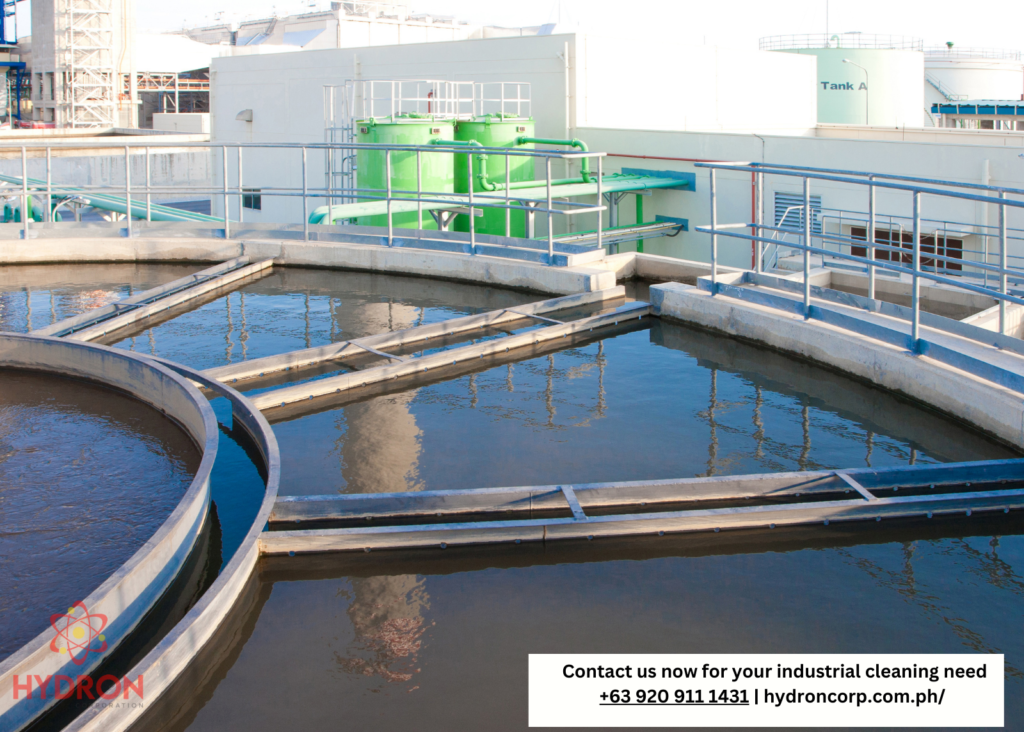How to Understand Wastewater Treatment Methods
The wastewater treatment process is essential for the safe disposal or reuse of water contaminated by various sources, including domestic, industrial, and agricultural sources. Several types of wastewater treatment methods are designed to remove contaminants and pollutants, making the water safe to release into the environment or for reuse. This comprehensive overview will explore the primary types of wastewater treatment methods and how they work.
Physical Treatment
Physical treatment methods focus on removing solid particles and suspended matter from wastewater. These methods are typically the first step in the treatment process and help prepare the wastewater for further treatment. Standard physical treatment methods include:
- Screening
Screening involves passing wastewater through screens or grids with varying sizes of openings. This process removes large debris such as leaves, plastics, and sticks, preventing them from clogging downstream equipment.
- Grit Removal
Grit removal separates heavy materials like sand, gravel, and small rocks from wastewater. These materials settle at the bottom of tanks for later disposal, ensuring they don’t interfere with subsequent treatment processes.
- Sedimentation
Sedimentation tanks allow heavy solids to settle at the bottom, forming sludge, while clarified water is collected and treated. Sedimentation is vital for removing suspended particles from wastewater.
Chemical Treatment
Chemical treatment methods involve using chemicals to facilitate the removal of contaminants from wastewater. These methods are often used to target specific pollutants. Standard chemical treatment processes include:
- Coagulation and Flocculation:
Coagulation involves adding chemicals, such as aluminum sulfate or ferric chloride, to wastewater to form tiny particles called flocs. Flocculation helps these particles come together and settle, allowing easier removal. This method is often used to remove suspended solids and organic matter.
- Precipitation
Precipitation removes heavy metals from wastewater by adding chemicals that react with the metals, causing them to generate a solid state that can be isolated from the water. This is a crucial step in removing toxic heavy metals from wastewater.
- pH Adjustment
Adjusting the pH of wastewater with chemicals like lime or sulfuric acid can help control the solubility of specific contaminants, making them easier to remove. Modifying the pH makes certain contaminants less soluble and can be removed more effectively.
Biological Treatment
Biological treatment methods harness microorganisms to break down organic matter and pollutants in wastewater. These methods are highly effective at removing organic compounds and nutrients. Key natural treatment processes include:
- Activated Sludge Process:
In this process, microorganisms are introduced to wastewater in an aeration tank, where they consume organic matter. The water is then separated from the biomass in a clarifier. This process is effective in breaking down organic materials.
- Trickling Filters
Trickling filters consist of beds filled with media where microorganisms attach and grow. Wastewater is dripped over the press, allowing microbial activity to break down pollutants. Trickling filters are especially useful for organic matter removal.
- Anaerobic Digestion:
Anaerobic digestion uses microorganisms without oxygen to break down organic matter, producing biogas as a byproduct, which can be used as a renewable energy source. Anaerobic digestion is effective for organic waste management and energy recovery.
Advanced Treatment
Advanced treatment methods are employed when higher-quality effluent is required or when specific contaminants must be removed. These methods include:
- Filtration
Filtration processes, such as sand or membrane filtration, are used further to remove suspended particles and microorganisms from the water. Filtration is crucial for achieving higher water quality.
- Disinfection
Disinfection methods like chlorination, ultraviolet (UV) radiation, and ozone treatment are applied to kill or inactivate remaining pathogens and microorganisms. Disinfection ensures that the treated water is safe for various applications.
- Nutrient Removal
Advanced nutrient removal processes target phosphorus and nitrogen to prevent eutrophication in receiving water bodies. Methods may include chemical precipitation or biological nutrient removal. Nutrient removal is vital for protecting aquatic ecosystems.
Tertiary Treatment
The last stage of wastewater treatment is Tertiary treatment. It is usually used to create high-quality wastewater suitable for a particular purpose. It can include additional filtration, chemical treatment, and disinfection to achieve the desired water quality.
Wastewater treatment is a multifaceted process that relies on various methods to remove contaminants and pollutants from wastewater, ensuring its safe disposal or reuse. The treatment method choice depends on factors such as the quality of the incoming sewage, regulatory requirements, and the intended use of the treated water.
Understanding these different wastewater treatment methods is crucial for developing effective treatment strategies and protecting public health and the environment. As wastewater treatment technologies evolve, the industry strives to become more efficient, sustainable, and capable of addressing emerging contaminants and challenges.

